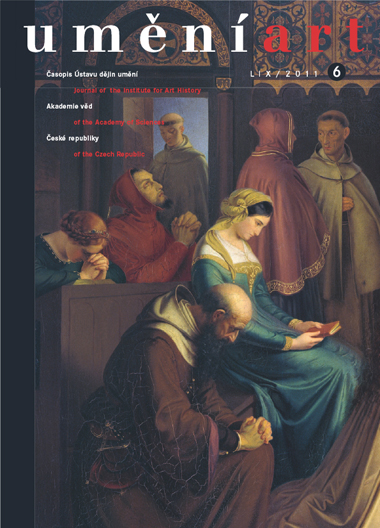Alena Pomajzlová
Il Pazzo by Růžena Zátková
Růžena Zátková (1885-1923) wrote the play Il Pazzo (The Fool) in the first half of the year 1920. It was never staged, and only the manuscript of the play has survived (an 18.3 x 12.8 cm notebook held in a private collection in Rome). The play represents a departure from Czech art at that time, but it fits in the context of Italian Futurism. Zátková began living in Rome in 1910 and there met a number of modern artists, especially Italian Futurists. The Futurists included theatre among their pioneering activities, seeing its strong potential for establishing direct contact with the public. They defied traditional theatre techniques by organising scandalous Futuristic evening events at which they recited 'words in freedom' to the accompaniment of various sounds and noises and read their manifestos aloud. Criticism of traditional theatre was the subject of F. T. Marinetti's Futurist Manifesto-The Pleasure of Being Booed (1910-1911). Marinetti provided a more concrete notion of Futurist theatre in his Variety Theatre (1913) manifesto, in which various low stage genres - variety theatre, music halls, circus-and even film served as his inspiration. A comprehensive vision is presented in the manifesto of 'The Futuristic Synthetic Theatre' (F. T. Marinetti, B. Corra, E. Settimelli, 1915), where the main principles are outlined: brevity, the elimination of learned theatre techniques, dynamism, and simultaneity. That year also marked the start of an extensive tour of Futurist theatre syntheses (e.g. by Marinetti, Balla, Cangiullo, Boccioni, B. Corra). Zátková began work on her play after returning from a three-year treatment (1916-1919) in Leysin, Switzerland. Once she renewed contacts with the Futurists and especially Marinetti she again took up some of the Futurist principles. Their direct influence is apparent in the play Il Pazzo. It is a synthesis of theatre, pantomime, and dance and is made up of three short acts, symbolising uniformity, immobility, and dynamic movement. From Futurism Zátková borrowed the mix of theatre genres, brevity, and the dynamism of the closing 'dance', accompanied by the sounds of a boat horn and the music of noises on stage, and with moving colourful lights and hanging bunches of material of varying length blown by fans. Although the play does not entirely suppress the theme's symbolism, which links it to earlier theatre, and it lacks the absurd humour and provocation of Futurism, it can be ranked among other Futurist plays given its synthetic quality, simplicity, and dynamic climax.
Full-text in the Digital Library of the Czech Academy of Sciences:
https://kramerius.lib.cas.cz/uuid/uuid:ea974998-37fd-afd7-7f47-e3e5f98e19e8
< back

